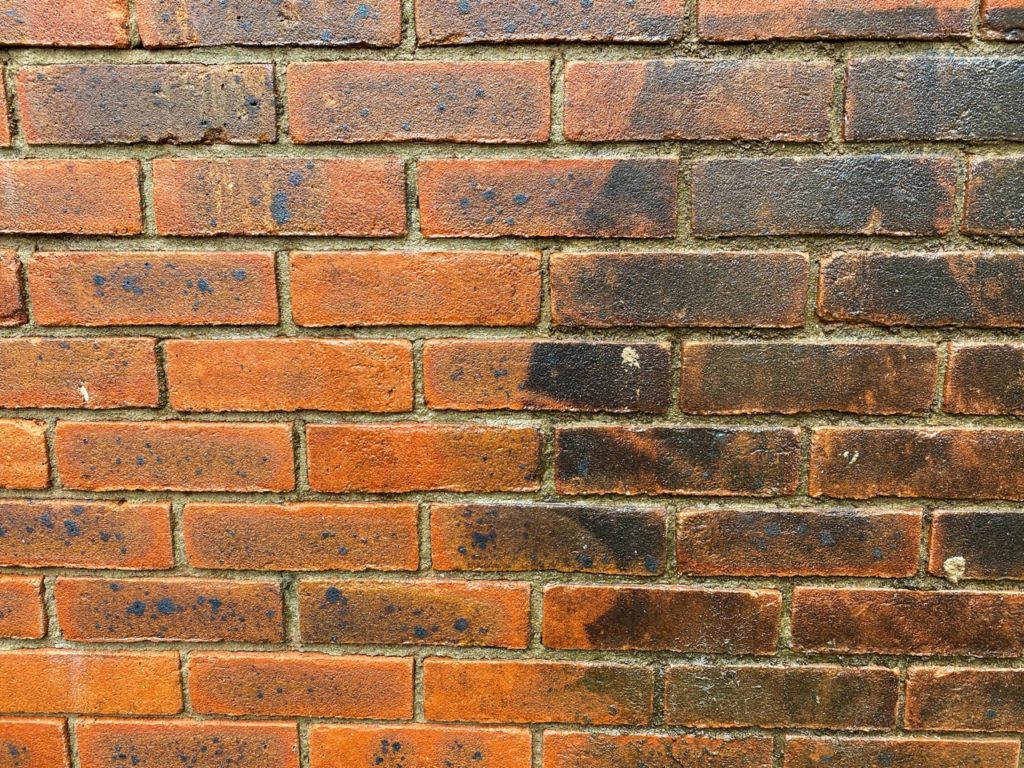Learn new trends and technologies as well as the tried-and-true procedures you shouldn’t forget
Words: Darcy Boyle
On the surface, masonry cleaning may sound to some like a simple field of work with little change or progress. In reality, when it comes to masonry cleaning, some things have changed, and some have stayed the same.
The core chemistry and composition of many masonry cleaners haven’t changed significantly over the years. What has changed, according to Jake Boyer, Vice President of Sales for PROSOCO, are technologies, surfactants, application methods, and an ever-evolving regulatory environment.
“The biggest change I’ve seen is a focus on safer, healthier materials, which is a good thing for consumers, the environment, and for buildings,” Boyer says. “It also presents a unique challenge for producers because many of these chemistries have been in place for a very long time. The challenge with many of the newer technologies is that while they may be safer, they may not be as effective. That’s where we’re able to pivot in real-time to modify formulations to maintain or improve not only the safety of the products but the performance as well.”
Another big change is a much more educated consumer in this market. “There’s access to endless information now, and so consumers know and are paying attention to health and safety concerns they might not have known about before,” Boyer says. “We’re glad consumers are becoming more educated, especially since we’ve long emphasized the importance of health and safety, even at our own loss to competitors who may not even mention the hazards of their own products.”
He points to the EPA Safer Choice as a consumer-facing program that certifies products that are safer for people, animals, and the environment. PROSOCO’s Klean ‘N Release Cleaner not only meets this standard but is also approved by the EPA Safer Choice program for direct-release applications, though Boyer stresses the importance of checking with your local municipality for specific requirements.
Capture of rinse water is a good example of a constantly changing issue that is especially challenging to track because it’s left to municipalities to enact local rules. Boyer says it’s not an exaggeration that there is a new regulatory action happening in some municipality, city, or state every single day. “Keeping up with it is a challenge. There’s a lot more emphasis on enforcement today than ever before,” he says.
More so than anything, Boyer emphasizes that any masonry cleaning project should follow the Hippocratic Oath – first, do no harm. “We always recommend starting the test panel procedure with the mildest dilution and product for the circumstance and moving up in strength as needed.”
The importance of testing cannot be overstated.
Boyer says the importance of testing is one thing that will never change. “There’s no one-size-fits-all in masonry cleaning,” he says. “There are just so many variables, including ones in our control and ones out of our control.”
“You need to test as close to your real conditions as possible. Variables within our control include the dilution, dwell time, product selection, application method, preparation, prewetting, and your final rinse. What’s out of our control is ambient conditions, available water volume and flow rate available at the site, accessibility to water in general, temperature of water, and purity of water; the list could go on and on.
For example, in cold conditions in the middle of winter, you may need a more aggressive product, dilution, dwell time, or application method, but taking that same approach on a hot summer day could spell disaster, Boyer says.
What’s on the horizon?
Masonry cleanings with drones is a growing trend Boyer has seen in many areas of the U.S.
He’s also seen a huge shift in façade materials, inside and outside the realm of masonry.
“We’re seeing a lot more variety in the materials and compositions of what we’re trying to clean. From ventilated rain screens with different composite panels to aluminum panels and polycarbonate, new types of materials are becoming more commonplace which don’t require the same significant type of clean down that masonry would, but they do still require cleaning.”
What those substrates are cleaned with may be far different than traditional masonry cleaners, he explains. “Oftentimes, people think they don’t require a specialty cleaner and resort to the cheapest soap they can find off the shelf at their local hardware store. While it may work, unless it’s purpose-built, it’s not likely the most effective, which can result in more labor costs and an undesirable end result.
“Sure, you saved a few bucks on the cleaner, but you’re stepping over dollars to pick up dimes.”
